Another example of a matrix: Animation

Somewhere in my reading I came across this example of a matrix; with non-gratuitous use of animation.

A blog called "Urban Spoon" came up with what it calls the Steak/Sushi Index.



I found this cool interactive graphic on the NY Times site when it was mentioned on Edward Tufte's discussion forums.


This Google Finance utility is awesome. I was about the rave about the Yahoo Finance charts (which are really cool) when I found this.


Labels: assbike art, data, graphs

Technorati the blog aggregator has a feature that lets you see how many times a specific word gets used everyday in the blogs it follows.
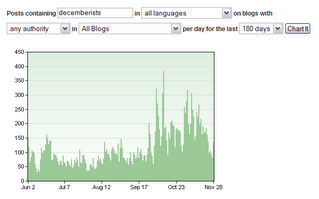


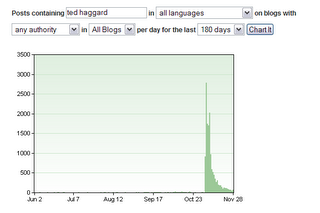

Last week Cramer used the imagery of a naked sheep, one that had been sheared of all it's wool so that it looked naked and skinny and wrinkled; to describe what happens to people who speculate on currencies. That's when I came across the picture below of a half-sheared sheep.

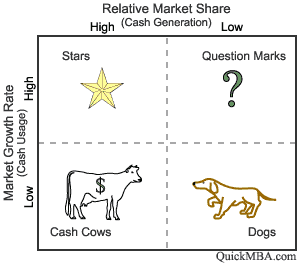 back here. I assumed it was the author's invention. It turns out that it's a real thing, known as the BCG Matrix.
back here. I assumed it was the author's invention. It turns out that it's a real thing, known as the BCG Matrix.
Thinking about figures that I show, or that I'd put in my thesis I realized some figures get shown so often, and reused by so many speakers they become canonical. But often these figures are a bit unique and simply the way the data is shown makes it obvious why it should be of interest.
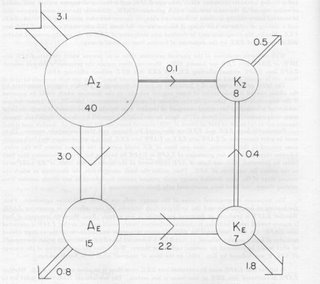 This figure is from Edward Lorenz's 1967 book. It illustrates the flow of energy in the atmosphere.
This figure is from Edward Lorenz's 1967 book. It illustrates the flow of energy in the atmosphere.
 Following my post on Ed Tufte and the presentation of data I remembered these graphics from Toro Magazine (a wannabe Vice-type mag that comes with the Globe and Mail).
Following my post on Ed Tufte and the presentation of data I remembered these graphics from Toro Magazine (a wannabe Vice-type mag that comes with the Globe and Mail).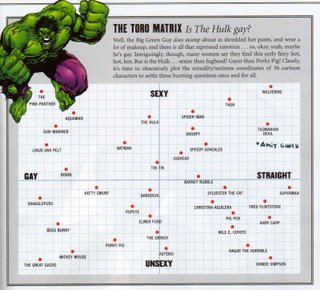 Someday I will have to get off my ass and figure out how to get Matlab to plot words in a 2-D plot.
Someday I will have to get off my ass and figure out how to get Matlab to plot words in a 2-D plot.